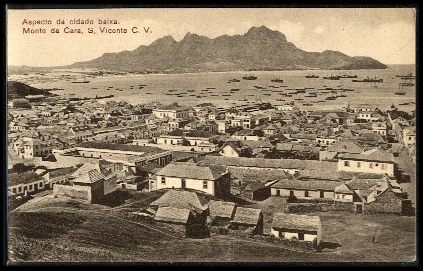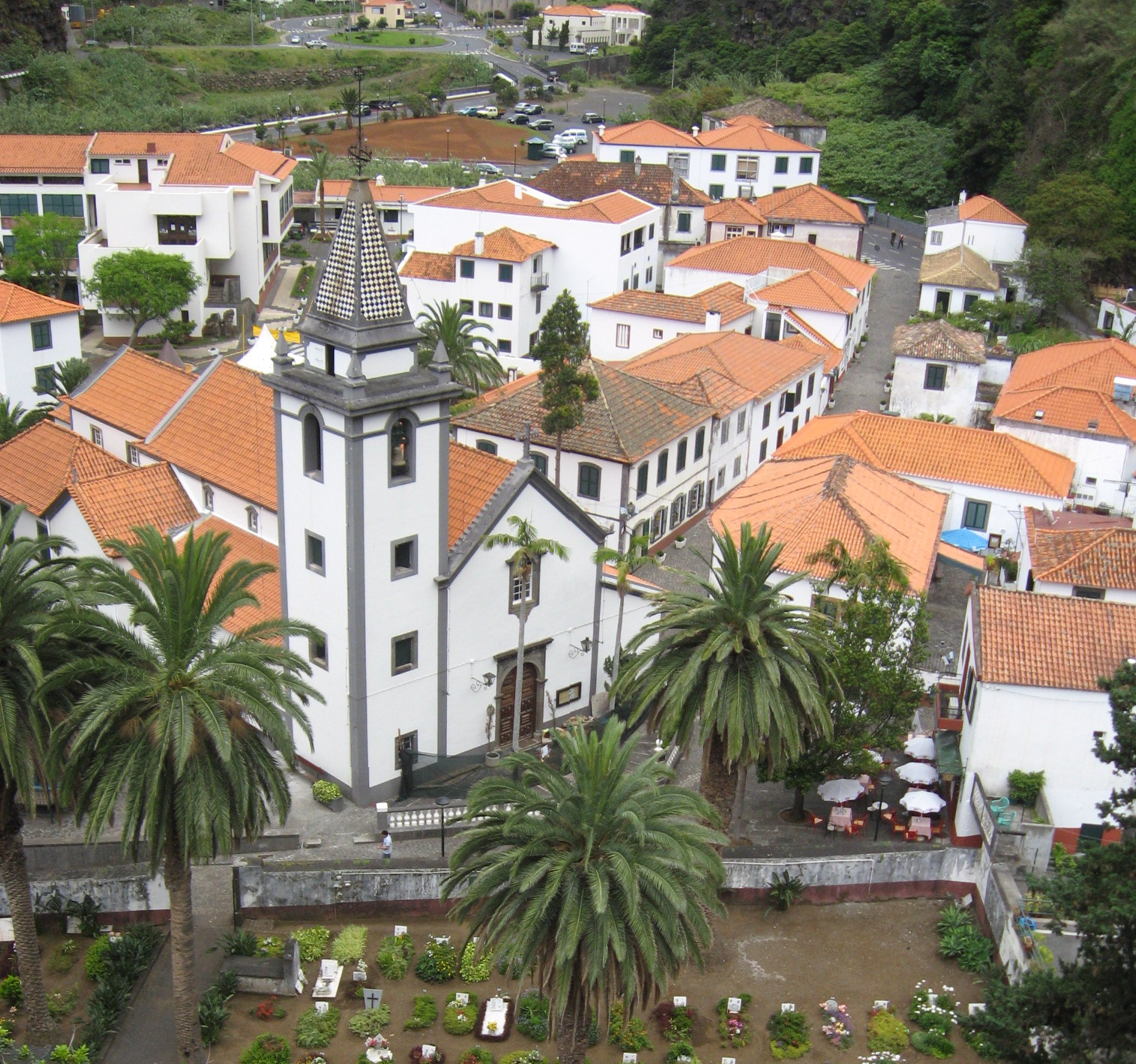|
São Vicente (other)
São Vicente may refer to: Africa * São Vicente, Cape Verde, an island in Cape Verde * São Vicente, Guinea-Bissau, a village in Guinea-Bissau Brazil * São Vicente, São Paulo, the first permanent Portuguese settlement in the Americas * São Vicente Island (São Paulo, Brazil), island in the São Paulo state * São Vicente, Rio Grande do Norte * São Vicente Ferrer, Pernambuco * São Vicente Ferrer, Maranhão * São Vicente de Minas, Minas Gerais * São Vicente do Sul, Rio Grande do Sul Portugal * São Vicente (Abrantes), a parish in the municipality of Abrantes * São Vicente (Braga), a parish in the municipality of Braga * São Vicente (Lisbon), a civil parish * São Vicente Ferreira, a parish in the municipality of Ponta Delgada * São Vicente, Madeira, a parish and a municipality in Madeira * Cabo de São Vicente, Cape St. Vincent * Monastery of São Vicente de Fora, a church and royal mausoleum in Lisbon * , a parish in the municipality of Chaves * , a parish in ... [...More Info...] [...Related Items...] OR: [Wikipedia] [Google] [Baidu] |
São Vicente, Cape Verde
São Vicente (Portuguese for " Saint Vincent") is one of the Barlavento Islands, the northern group within the Cape Verde archipelago in the Atlantic Ocean, off the West African coast. It is located between the islands of Santo Antão and Santa Luzia, with the Canal de São Vicente separating it from Santo Antão. Geography The island is roughly rectangular in shape with an area of . From east to west it measures and from north to south .Cabo Verde, Statistical Yearbook 2015 Instituto Nacional de Estatística The island, of |
São Vicente (Braga)
São Vicente is a Portuguese '' freguesia'' ("civil parish"), located in the municipality of Braga. The population in 2011 was 13,236, in an area of 2.55 km². In São Vicente is located the Faculty of Philosophy part of Catholic University of Portugal, the Escola Secundária Sá de Miranda and the Colégio D. Diogo de Sousa. Main sights * St Vincent's Church * Carmo Church References Freguesias of Braga {{braga-geo-stub ... [...More Info...] [...Related Items...] OR: [Wikipedia] [Google] [Baidu] |
Guarda Municipality, Portugal
Guarda () is a city and a municipality in the District of Guarda and the capital of the Beiras e Serra da Estrela sub-region in central Portugal. The population in 2021 was 40,126, in an area of with 31,224 inhabitants in the city proper in 2006. Founded by King Sancho I in 1199, Guarda is the city located at the highest altitude in Portugal ( a.s.l.) and one of the most important cities in the Portuguese region of Beira Alta. Serra da Estrela, the highest mountain range in continental Portugal, is partially located in the district. The city is served by national and international trains on the Beira Alta and Baixa railway lines. The present mayor is Sérgio Costa, as an indepdent. The municipal holiday is November 27. Guarda is known as the "city of the five F's": ''Farta'', ''Forte'', ''Fria'', ''Fiel'' e ''Formosa'' - abundant (or totally satisfied), strong, cold, loyal and beautiful. The explanation of the five F's is as follows: *Farta (abundant), due to the fertility of ... [...More Info...] [...Related Items...] OR: [Wikipedia] [Google] [Baidu] |
Chaves (Portugal)
Chaves () is a city and a municipality in the north of Portugal. It is 10 km south of the Spanish border and 22 km south of Verín (Spain). The population in 2011 was 41,243, in an area of 591.23 km2. The municipality is the second most populous of the district of Vila Real (the district capital, Vila Real, is 60 km south on the A24 motorway). With origins in the Roman civitas Aquæ Flaviæ, Chaves has developed into a regional center. The urban area has 17,535 residents (2001). History Artefacts discovered in the region of Chaves identify the earliest settlement of humans dating back to the Paleolithic. Remnants discovered in Mairos, Pastoria and São Lourenço, those associated with transient proto-historic settlements and castros, show a human presence in the Alto Tâmega dating to the Chalcolithic. The region has seen persistent human settlement since Roman legions conquered and occupied the fertile valley of the Tâmega River, constructing a na ... [...More Info...] [...Related Items...] OR: [Wikipedia] [Google] [Baidu] |
Monastery Of São Vicente De Fora
The Church and Monastery of São Vicente de Fora, meaning "Monastery of St. Vincent Outside the Walls", is a 17th-century church and monastery in the city of Lisbon, Portugal. It is one of the most important monasteries and mannerist buildings in the country. The monastery also contains the royal pantheon of the Braganza monarchs of Portugal. History and art The original Monastery of São Vicente de Fora was founded around 1147 by the first Portuguese King, Afonso Henriques, for the Augustinian Order. Built in Romanesque style outside the city walls, it was one of the most important monastic foundations in mediaeval Portugal. It is dedicated to Saint Vincent of Saragossa, patron saint of Lisbon, whose relics were brought from the Algarve to Lisbon in the 12th century. The present buildings are the result of a reconstruction ordered by King Philip II of Spain, who had become King of Portugal (as Philip I) after a succession crisis in 1580. The church of the monastery was built ... [...More Info...] [...Related Items...] OR: [Wikipedia] [Google] [Baidu] |
Cabo De São Vicente
Cape St. Vincent ( pt, Cabo de São Vicente, ) is a headland in the municipality of Vila do Bispo, in the Algarve, southern Portugal. It is the southwesternmost point of Portugal and of mainland Europe. History Cape St. Vincent was already sacred ground in Neolithic times, as standing menhirs in the neighborhood attest. The ancient Greeks called it Ophiussa (Land of Serpents), inhabited by the Oestriminis and dedicated here a temple to Heracles. The Romans called it ''Promontorium Sacrum'' (or Holy Promontory). Strabo, in his ''Geography'' calls this cape the most western tip of the known world and reports the place was considered magical. Common people believed the sun sank here hissing into the ocean, marking the edge of their world, which Strabo qualifies as "common and vulgar reports" and attributes to Posidonius According to legend, the current name of this cape is linked to the story of a martyred fourth-century Iberian deacon St. Vincent whose body was brought ashore her ... [...More Info...] [...Related Items...] OR: [Wikipedia] [Google] [Baidu] |
São Vicente, Madeira
São Vicente () is a municipality along the north-west coast of the island of Madeira. History The first human visitors to São Vicente appeared in the middle of the 15th century, colonizing the area much later than the settlers in the southern part of the island, owing to its fertility. This area of the island, due to its steep escarpments and deep river-valleys made early settlement difficult. The first settlers appeared in the areas of São Vicente and Ponta Delgada, respectively. The progressive growth of its population led to dis-annexation of São Vicente from the Captaincy of Machico, and elevation to municipal seat by royal charter on 23 August 1774. At that time the parishes of Porto Moniz, Seixal, Arco de São Jorge and São Jorge where under the administration of the municipal authority. In 1835, the restructuring of municipal government under the Liberal reformer Mouzinho da Silveira lead to the creation of two new municipalities (Santana and Porto Moniz) along the nor ... [...More Info...] [...Related Items...] OR: [Wikipedia] [Google] [Baidu] |
São Vicente Ferreira
São Vicente Ferreira is a civil parish in the municipality of Ponta Delgada in the Portuguese archipelago of Azores. The population in 2011 was 2,361, in an area of 11.42 km². Geography São Vicente Ferreira is located along the northern coast of the municipality of Ponta Delgada, between the parishes of Calhetas (in the east) and Capelas (in the west). To the north is the Atlantic Ocean The Atlantic Ocean is the second-largest of the world's five oceans, with an area of about . It covers approximately 20% of Earth's surface and about 29% of its water surface area. It is known to separate the " Old World" of Africa, Europe ..., and most of the settlement is concentrated along the main Regional E.R.1-1ª roadway that connects these parishes dominated by farmlands, while to the interior forests and scrub dominate the elevated hills. This roadway follows a straight line from the coastal cliffs, one of the few straight links on the island. From Ponta Delgada an ancill ... [...More Info...] [...Related Items...] OR: [Wikipedia] [Google] [Baidu] |
São Vicente (Lisbon)
São Vicente () is a ''freguesia'' (civil parish) and district of Lisbon, the capital of Portugal. Located in the historic center of Lisbon, São Vicente is to the east of Santa Maria Maior, south of Arroios, and west of Penha de França. São Vicente is home to numerous historic neighborhoods, including Alfama. The population in 2011 was 15,339.Instituto Nacional de Estatística (INE) Census 2011 results according to the 2013 administrative division of Portugal History This new parish was created with the 2012 Administrative Reform of , merging the former parishes of[...More Info...] [...Related Items...] OR: [Wikipedia] [Google] [Baidu] |
São Vicente (Abrantes)
São Vicente is a former ''freguesia'' ("civil parish"), located in the municipality of Abrantes, in Santarém District, Portugal. In 2013, the parish merged into the new parish Abrantes (São Vicente e São João) e Alferrarede. The population in 2011 was 11,622, in an area of 38.20 km². It included the northern part of the city of Abrantes. History A parish of São Vicente is the principal religious organ of the community of Abrantes, and its foundation dates back to the Goths.Arquivo Distrital de Santarém (2010) The ancient church of São Vicente was founded in 1149, after Afonso Henriques took Abrantes Castle, but it subsequently received damage from Moorish attacks and was rebuilt. It was known until 1150, as the parish of Nossa Senhora da Conceição and reconsecrated by the first ''alcaide'' from permission obtained from Afonso Henriques (a reliquary of São Vicente Mártir was installed in the church). The church was reconstructed under the initiative of King Se ... [...More Info...] [...Related Items...] OR: [Wikipedia] [Google] [Baidu] |
São Vicente, Guinea-Bissau
São Vicente is a village in the Cacheu Region of north-western Guinea-Bissau. It lies on the southern bank of the Cacheu River The Cacheu is a river of Guinea-Bissau also known as the Farim along its upper course. Its total length is about 257 km. One of its major tributaries is the Canjambari River. Course Its headwaters are near the northern border of the country, ..., to the east of Jolmete. References Populated places in Guinea-Bissau Cacheu Region {{GuineaBissau-geo-stub ... [...More Info...] [...Related Items...] OR: [Wikipedia] [Google] [Baidu] |
São Vicente Do Sul
São Vicente do Sul is a municipality in the state of Rio Grande do Sul Rio Grande do Sul (, , ; "Great River of the South") is a Federative units of Brazil, state in the South Region, Brazil, southern region of Brazil. It is the Federative_units_of_Brazil#List, fifth-most-populous state and the List of Brazilian st ..., Brazil. See also * List of municipalities in Rio Grande do Sul References Municipalities in Rio Grande do Sul {{RioGrandedoSul-geo-stub ... [...More Info...] [...Related Items...] OR: [Wikipedia] [Google] [Baidu] |



